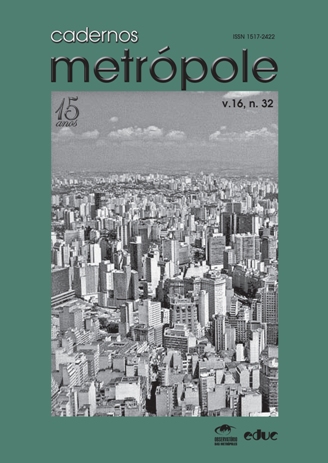Intervenção do Estado e (re)estruturação urbana. Um estudo sobre gentrificação
Palabras clave:
gentrificação, renovação urbana, segregação social, (re)estruturação urbana, desenvolvimento desigualResumen
De acordo com este artigo, gentrificação é consequência de mudanças, não apenas na qualidade, composição e distribuição da força de trabalho, mas principalmente, e primeiramente, na reorganização do espaço para produção, circulação e consumo de mercadorias. Isso coloca a compreensão do conceito como parte de um amplo e complexo processo de (re)estruturação urbana ligando o conceito também a processos específicos de (re)organização espacial, expandindo assim seu significado de forma a dar conta de alguns processos de gentrificação que, de outra forma, ficariam obscurecidos. Para tanto apresentamos o estudo de caso de “Dona Teodora” em Porto Alegre, onde o Estado aparece não só como o principal condutor dos processos de reestruturação urbana que aí ocorrem, mas, também, como o agente do processo de gentrificação.Métricas
Cargando métricas ...
Descargas
Publicado
2014-12-18
Cómo citar
Furtado, C. R. (2014). Intervenção do Estado e (re)estruturação urbana. Um estudo sobre gentrificação. Cadernos Metrópole, 16(32), 341–363. Recuperado a partir de https://revistas.pucsp.br/index.php/metropole/article/view/16592
Número
Sección
Artigos
Licencia
La revista no puede pagar derechos de autor o distribuir reimpresiones.
El Instrumento Privado de Autorización y Asignación de Derechos de Autor, fechado y firmado por el (los) autor (es), debe transferirse en el paso 4 de la presentación (Transferencia de documentos complementarios). En caso de duda, consulte el Manual de envío del autor.
El contenido del texto es de responsabilidad del autor (es).


